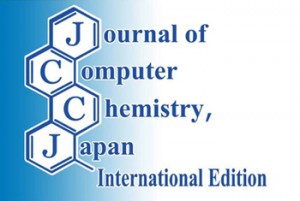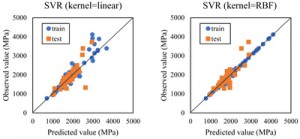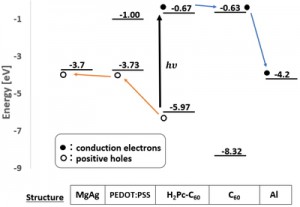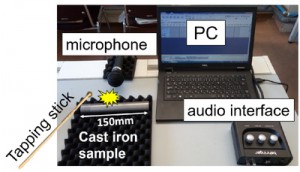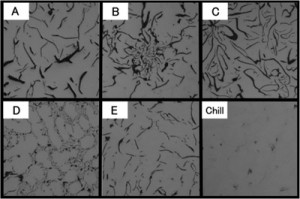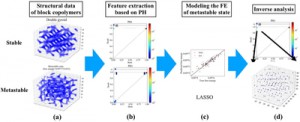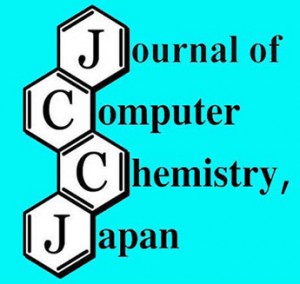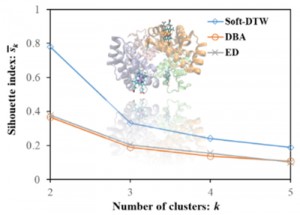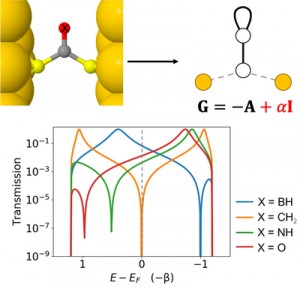[Published online Journal of Computer Chemistry, Japan -International Edition Vol.7, -, by J-STAGE]
<Title:> Differences between Gaussian and GAMESS Basis Sets (II) ―6-31G and 6-31G*―
<Author(s):> Munetaka TAKEUCHI, Masafumi YOSHIDA, Umpei NAGASHIMA
<Corresponding author E-Mill:> myoshida(at)tcu.ac.jp
<Abstract:> Gaussian and GAMESS, which are calculation codes for the ab initio molecular orbital method, can be used by simply specifying a basis set name such as 6-31G. However, if an individual basis set with a common name does not have the same parameter set, the calculations with the two codes will each produce a different result. Previously, we used Gaussian and GAMESS for STO-3G calculations of hydrides containing third-period elements and compared the results [J. Comput. Chem. Jpn., 18, 194 (2019)]. In this study, we used 6-31G and 6-31G* for 36 molecules containing a first- to fourth-period element (H, Be, N, Ne, Na-Kr) and compared the results calculated using the two codes. For molecules containing a first- to third-period element (H, Be, N, Ne, Na-Ar) except Si, the optimized structure and total energy obtained with Gaussian and GAMESS were almost the same, whereas the two codes gave different results for K, Ca, and Ga-Kr because the basis parameters used in the two codes are different. On the other hand, the results for the Sc-Zn were in agreement. When the results calculated using Gaussian and GAMESS codes are compared or combined, it is necessary to severe check whether or not the input data produces a sufficiently accurate calculation result.
<Keywords:> Keyword Basis set, Gaussian, GAMESS, 6-31G, 6-31G*, Total energy
<URL:> https://www.jstage.jst.go.jp/article/jccjie/7/0/7_2020-0010/_html
<Title:> Differences between Gaussian and GAMESS Basis Sets (II) ―6-31G and 6-31G*―
<Author(s):> Munetaka TAKEUCHI, Masafumi YOSHIDA, Umpei NAGASHIMA
<Corresponding author E-Mill:> myoshida(at)tcu.ac.jp
<Abstract:> Gaussian and GAMESS, which are calculation codes for the ab initio molecular orbital method, can be used by simply specifying a basis set name such as 6-31G. However, if an individual basis set with a common name does not have the same parameter set, the calculations with the two codes will each produce a different result. Previously, we used Gaussian and GAMESS for STO-3G calculations of hydrides containing third-period elements and compared the results [J. Comput. Chem. Jpn., 18, 194 (2019)]. In this study, we used 6-31G and 6-31G* for 36 molecules containing a first- to fourth-period element (H, Be, N, Ne, Na-Kr) and compared the results calculated using the two codes. For molecules containing a first- to third-period element (H, Be, N, Ne, Na-Ar) except Si, the optimized structure and total energy obtained with Gaussian and GAMESS were almost the same, whereas the two codes gave different results for K, Ca, and Ga-Kr because the basis parameters used in the two codes are different. On the other hand, the results for the Sc-Zn were in agreement. When the results calculated using Gaussian and GAMESS codes are compared or combined, it is necessary to severe check whether or not the input data produces a sufficiently accurate calculation result.
<Keywords:> Keyword Basis set, Gaussian, GAMESS, 6-31G, 6-31G*, Total energy
<URL:> https://www.jstage.jst.go.jp/article/jccjie/7/0/7_2020-0010/_html
